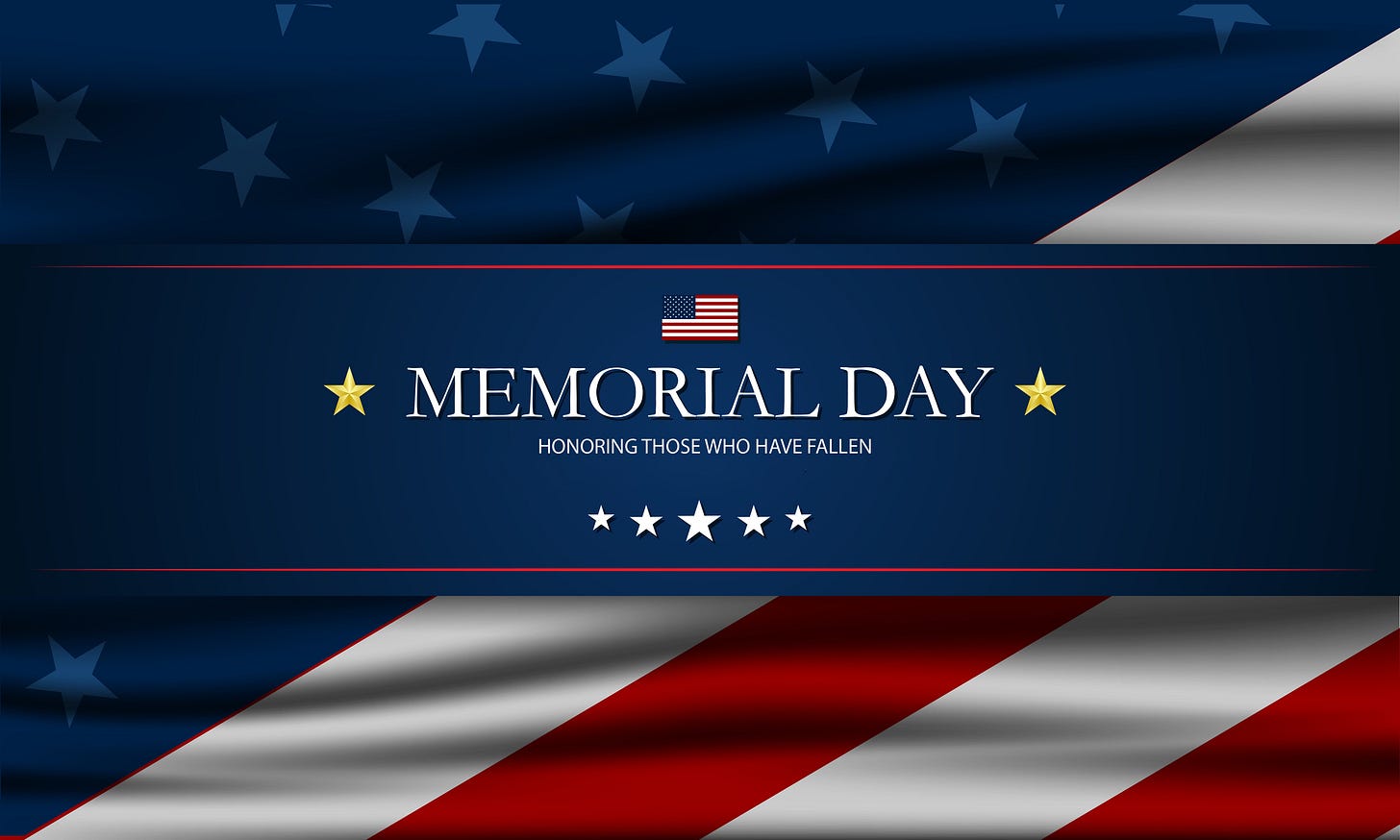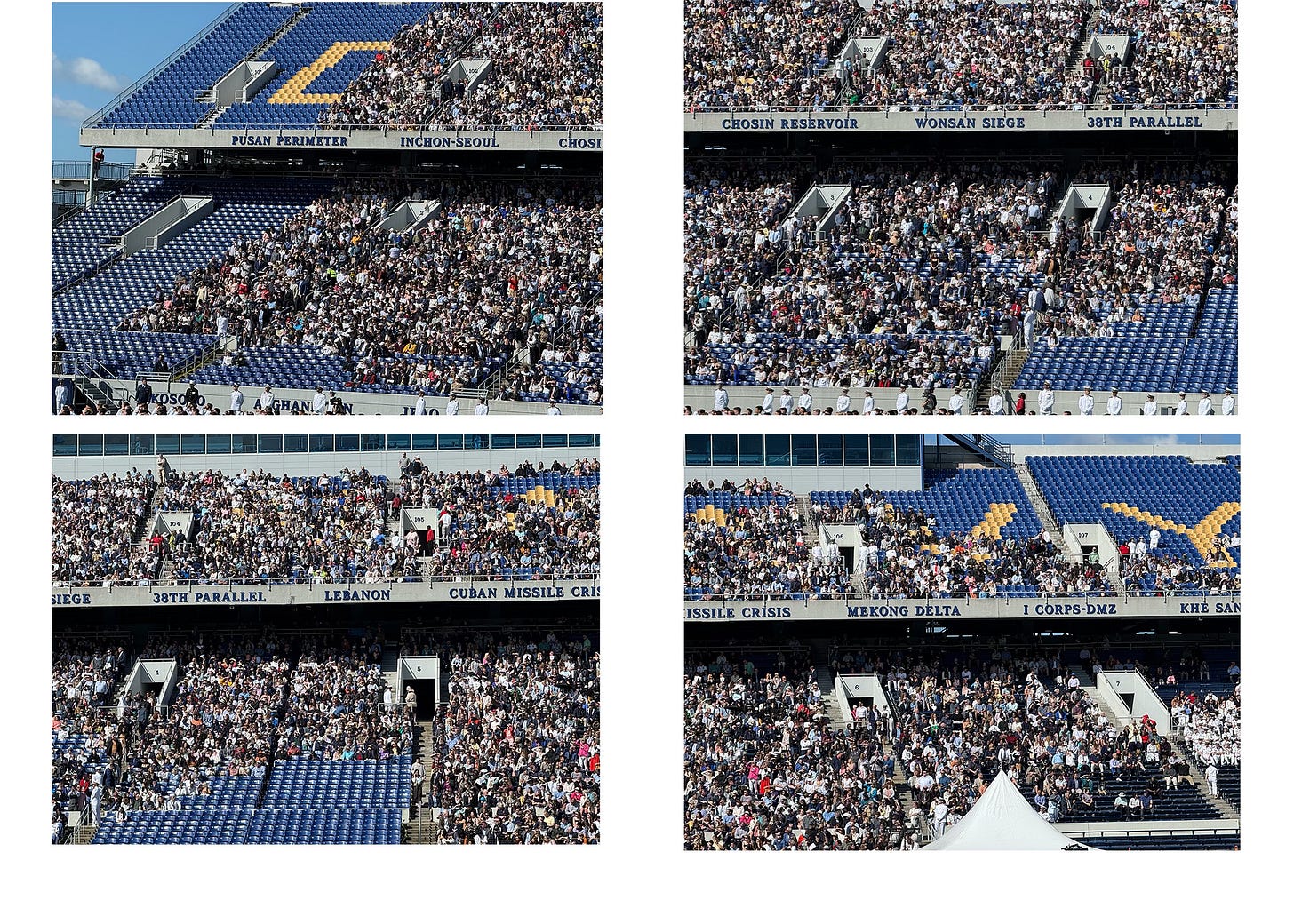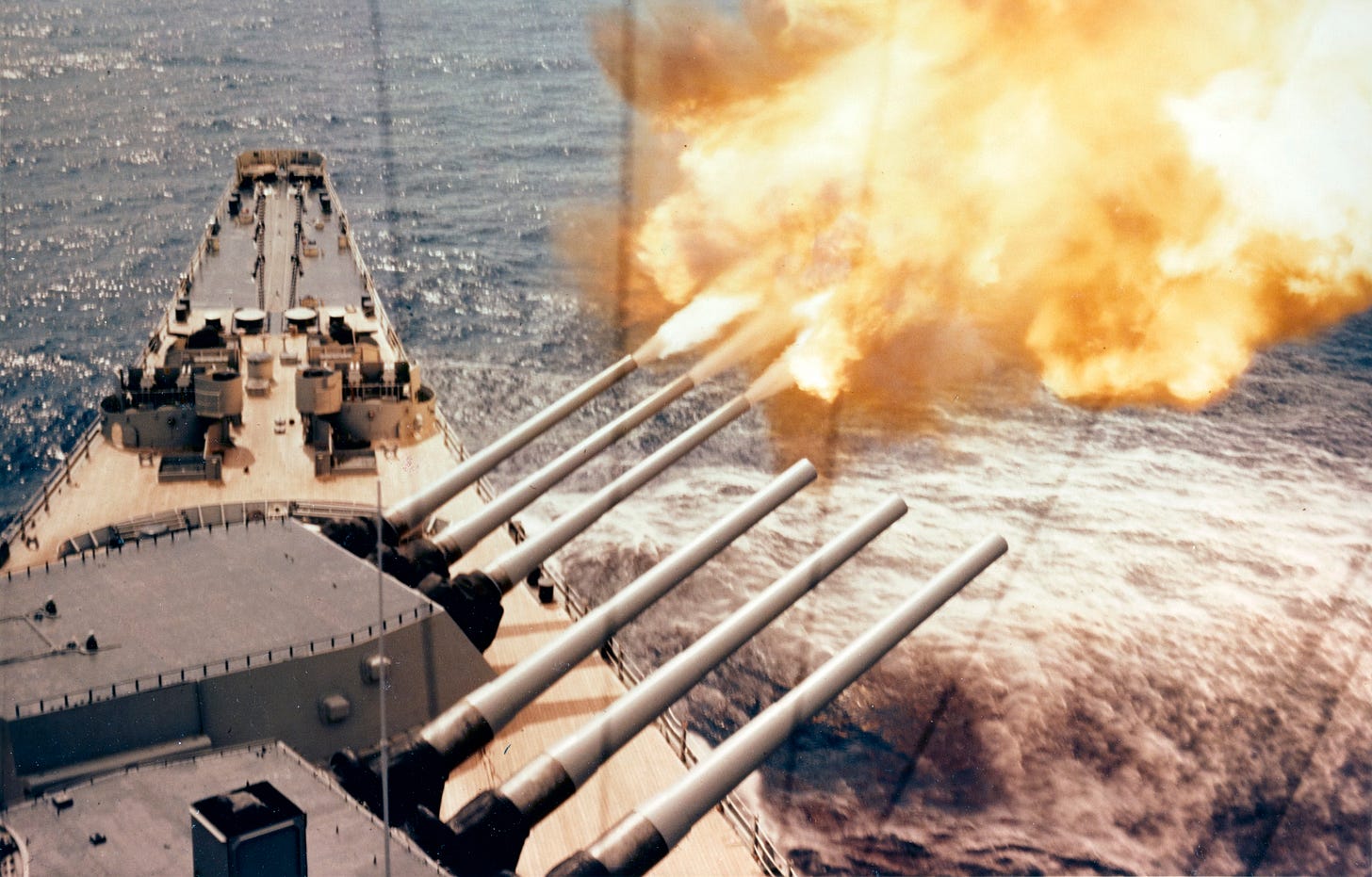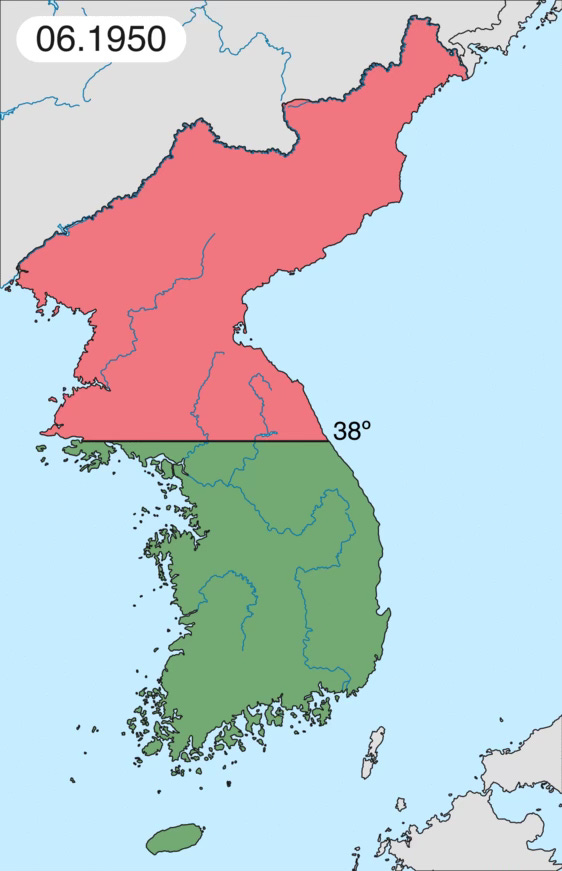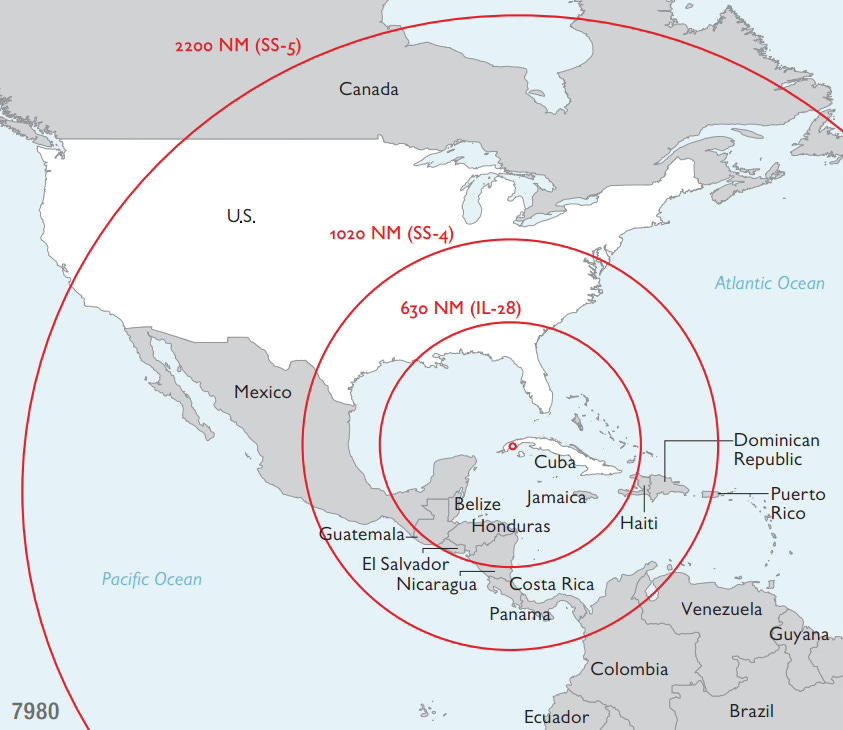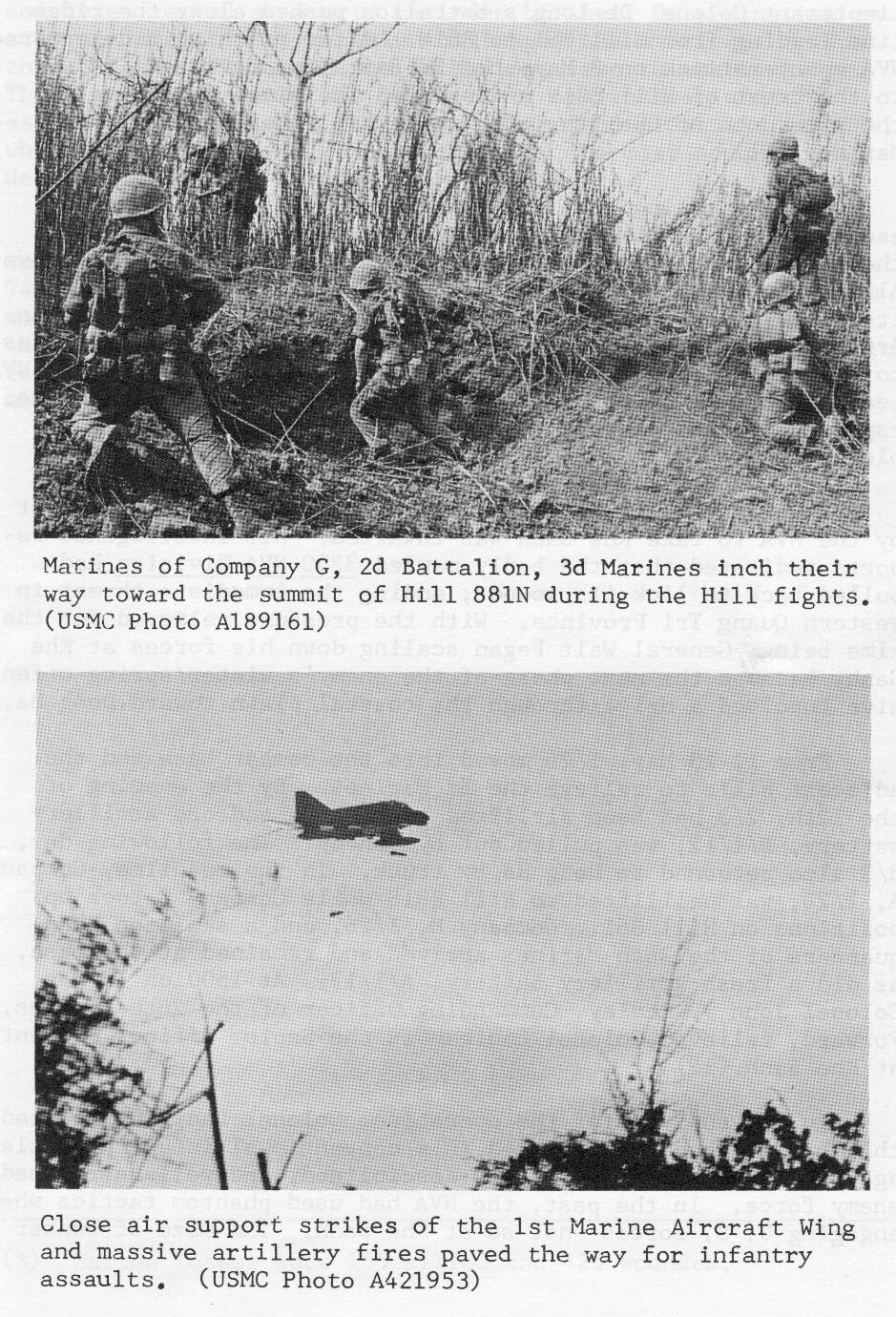This Memorial Day, Don’t Say “Happy”
Please—don’t say “Happy Memorial Day.” Do something else...
This is not a day for barbecues and beach captions. It’s not Veterans Day, either. Memorial Day isn’t for those who served and came back. It’s for those who didn’t. It’s for the fallen—those who gave everything and never saw home again.
Do take the holiday. Do what you need to. But somewhere in there—pause. Reflect. Honor the men and women who stood for something greater than themselves: the defense of a free country, built on individual rights, secured through strength.
Last week, I had the immense honor of attending the U.S. Naval Academy graduation and commissioning ceremony for the Class of 2025. It was a proud moment—for the families, for the country, and for me personally. I’ll write a full piece about that experience soon—maybe even share some videos from my phone. But what struck me most deeply wasn’t in the speeches or salutes.
It was the stadium itself.
The Navy–Marine Corps Memorial Stadium isn’t just where Navy football plays. It’s a place of memory. Around its upper and lower decks, painted in bold navy blue, are the names of some of the most intense and consequential military campaigns ever fought by our Navy and Marine Corps.
They’re not engraved in stone. But they may as well be—in the minds of those who understand what they represent. These painted names aren’t decoration. They’re declaration. They’re not just places. They’re battle cries for the values that built this country—and the people who chose to defend them.
Let me take you through just a few of them—these are the battles I saw in my mind’s eye as I sat in the stands, surrounded by thousands of proud families and soon-to-be-commissioned officers. Vice President J.D. Vance delivered the keynote. But the painted names of the fallen told their own story.
And not one of these names is just a spot on the map. Each one represents conviction, courage, and a commitment to life and liberty.
On this Memorial Day post, I am not discussing politics or the contradictions of American foreign policy—which I am very well aware of. Today is not for ideological debates. It is for remembrance. Please keep your politics to yourself—for today, we honor the fallen.
1. Pusan Perimeter (Korean War)
In the desperate opening days of the Korean War, U.S. and South Korean forces were driven back to the southern tip of the peninsula. The Pusan Perimeter was the last line—and it held. It was here that outnumbered American troops bought time, regrouped, and turned the war’s momentum. Thousands gave their lives not to surrender—but to hold the line of freedom. Read more on Wikipedia
2. Inchon–Seoul (Korean War)
September 1950. General MacArthur’s high-stakes amphibious landing at Inchon was one of the boldest moves in modern military history. The terrain was treacherous, the tides unpredictable. But it worked. Seoul was retaken, and the war turned. Thousands were lost in the retaking of Seoul—not as a sacrifice, but in the pursuit of victory for a cause they believed was worth every risk. Read more on Wikipedia
3. Chosin Reservoir (Korean War)
Known forever as “The Frozen Chosin,” this battle was brutal. Marines were surrounded by 120,000 Chinese troops in freezing mountains. Temperatures plunged to -35°F. They didn’t break. They fought their way out. 2,500 Americans were killed. Thousands more wounded or frozen. They did not surrender to the cold or the enemy—but chose to fight for their comrades, their country, and their mission. Read more on Wikipedia
4. Wonsan Siege (Korean War)
Naval war isn’t always fast. The Wonsan blockade lasted 861 days—the longest naval siege in modern history. U.S. Navy forces held the North Korean port under constant pressure, disrupting logistics and isolating enemy troops. This was warfare as perseverance. It required discipline, clarity of mission, and resolve. And those who died during that siege did so in service of protecting freedom’s reach. Read more on Wikipedia
5. 38th Parallel / Third Battle of Seoul (Korean War)
A line drawn across Korea after World War II—now the most militarized border in the world. The Korean War was, in many ways, a battle over this line. The Third Battle of Seoul was one of the bloodiest urban battles of the war, where American and UN forces defended Seoul from a massive Chinese and North Korean assault. Each mile reclaimed in South Korea was not just a geographic win—it was a stand for human liberty. Every inch was fought for with blood, sweat, and the unwavering resolve to protect a free society from totalitarian conquest. 📽️ See this animated map to understand how U.S. and UN forces defended and reclaimed South Korean territory mile by mile. Read more on Wikipedia
6. Lebanon (1983)
American Marines were deployed to Beirut as peacekeepers. On October 23, 1983, a truck bomb detonated under the Marine barracks. 241 U.S. service members were killed in a single morning. It was the deadliest day for the Corps since Iwo Jima. They stood for peace, for order, and for the duty they accepted. And they were targeted for exactly that. We honor their clarity of purpose. Read more on Wikipedia
7. Cuban Missile Crisis (Cold War)
Thirteen days. October 1962. The world stood on the brink. While politicians negotiated, the U.S. Navy enforced a blockade, eye to eye with Soviet submarines. No shots were fired. But the courage to stand ready without firing is still courage. Their restraint was strength. Their resolve held the line between history and catastrophe. Read more on Wikipedia
8. Mekong Delta (Vietnam War)
In the thick, tangled swamps of the Mekong, U.S. forces fought not only the Viet Cong, but the terrain itself. Navy riverine units played a pivotal role in disrupting enemy movement and supporting South Vietnamese forces in the most unforgiving environment. They fought for clarity in chaos—because liberty deserved to be defended even in the darkest corners. Read more on Wikipedia
9. I Corps – DMZ (Vietnam War)
The northernmost region of South Vietnam. Home to some of the most intense fighting of the war, including Khe Sanh and the Tet Offensive. This zone bordered North Vietnam and the DMZ—and was ground zero for some of the fiercest battles of the conflict. This was the frontline of ideological warfare. Americans here didn’t fight blindly—they fought with eyes open, for a world where individual freedom would not be extinguished. Read more on Wikipedia
10. Khe Sanh (Vietnam War)
A 77-day siege. Constant shelling. Mud, blood, and fortitude. U.S. Marines held the base against overwhelming odds, in one of the most symbolic and grueling episodes of the Vietnam War. Nearly 1,000 Americans were killed or wounded at Khe Sanh. They did not fall in vain—but in defiance of tyranny and for the right to choose life on one’s own terms. Read more on Wikipedia
Final Reflection
These names may be painted, not carved—but they are indelible.
They don’t represent sacrifice in the mystical sense. They represent something nobler—an active, chosen commitment to values worth fighting for: freedom, individual rights, reason, and the preservation of the greatest political achievement in history—the American Republic.
Being there—surrounded by that day's newest officers, and thinking of those whose lives ended in defense of timeless values—it was unforgettable.
Memorial Day is not about mourning blindly. It’s about remembering intentionally. Not with sorrow alone, but with reverence—for the values they upheld, and the clarity with which they lived and died.
So please—don’t say “Happy Memorial Day.”
Say this instead:
“We remember.”
“We honor.”
“We will not forget.”
And this year, take a moment. Say the names of the battles out loud. Let them echo. And let them mean something.
📷 Image Attribution: All historical images are sourced from Wikipedia and are used under their respective licenses. Attribution is preserved as provided by each file’s Wikimedia page. The cover photo is licensed to Chak Kakani and was modified in Adobe Photoshop to reflect my thinking. This is allowed under my Standard License.
🧠 AI Disclosure: This article was written entirely in my voice and reflects my values, thoughts, and perspective. ChatGPT helped assist with formatting, fact-checking, and sourcing links—but the wording and tone are entirely my own.
Follow me on LinkedIn too, if this article resonates with you.
https://www.linkedin.com/in/chakkakani/


